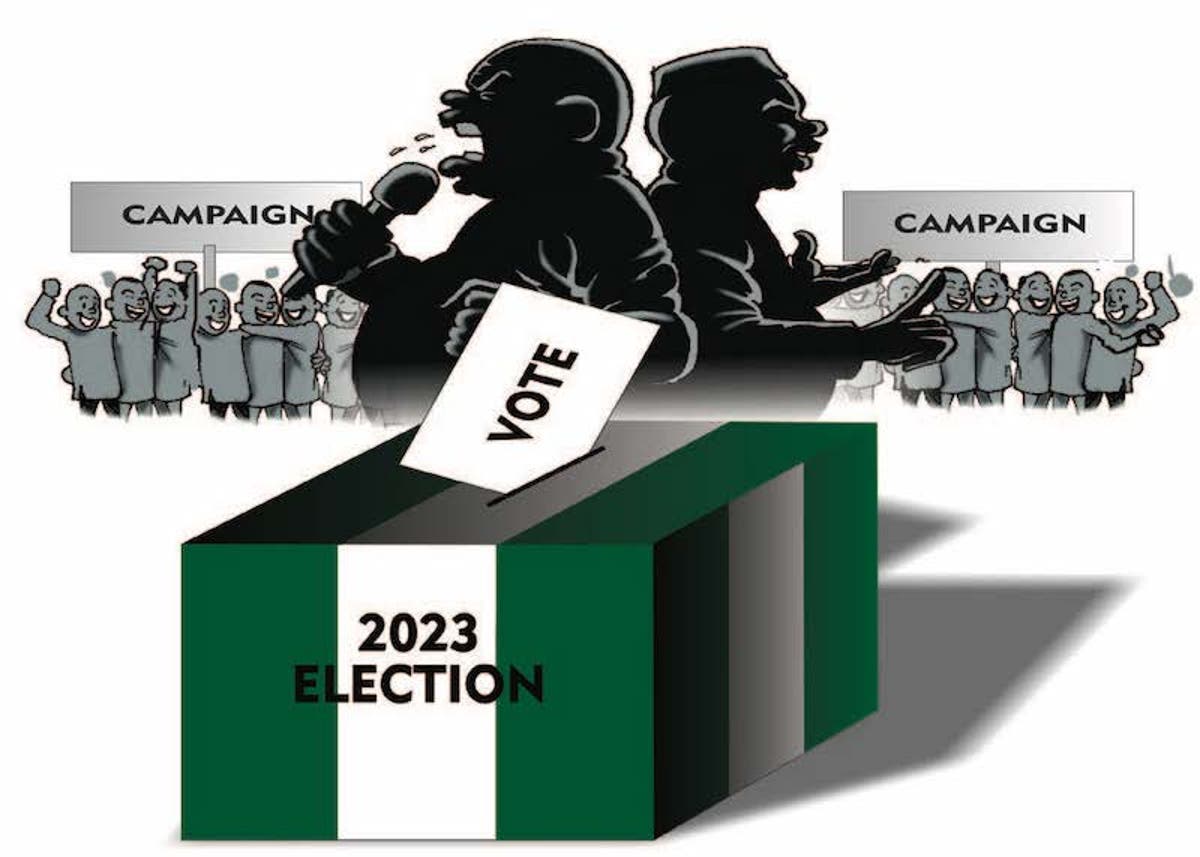Now that the campaigns are over
One could almost argue that the recently concluded governorship and state assembly elections are more important for the common man than the presidential and National Assembly ones. This means they can tailor their policies and programmes to meet the specific needs of their communities. This flexibility is especially important when it comes to issues such […]

One could almost argue that the recently concluded governorship and state assembly elections are more important for the common man than the presidential and National Assembly ones. This means they can tailor their policies and programmes to meet the specific needs of their communities. This flexibility is especially important when it comes to issues such as public safety, education, and infrastructure, which can vary widely from one community to another.
The proximity of state governments to the people provides grounds for innovation and experimentation, as state and local governments can serve as laboratories for new policy ideas and experiments. They can try out innovative approaches to solving problems, and if these approaches are successful, they can be replicated or adopted by other communities or even the federal government.
Ideally, the state and local governments should also be more accountable to their constituents than the federal government. Voters can more easily hold their local and state officials responsible for their actions and decisions, and they can more directly influence policy outcomes through participation in local and state elections. Also, as we have seen from north to south, the governorship and state assembly elections represent a wide range of political perspectives and ideologies. This diversity allows for a broader range of ideas and perspectives to be represented in policymaking and can lead to more creative and effective solutions to problems.
As the electorate, we should remember that our job does not end at the ballot. In fact, it only begins there. Now the job of holding the elected officials to account begins. These governors and lawmakers were elected to serve their respective states, and the citizens should expect nothing less than good governance, accountability, transparency, and development from them.
In most states, the political climate has been characterised by utter poor governance. This has had a negative impact on the development of the country and has resulted in a loss of confidence in the political system. The newly elected governors must understand that they have been elected to serve the people and not to enrich themselves. They must prioritise the welfare of their citizens and ensure that their policies and programmes are geared towards improving the standard of living of their people.
As for the elected officials, now that the campaigns are over, it is time to get to work and fulfil the promises made to the people. For those who have not already, they should waste no time in determining the priority areas that require immediate attention. This can be achieved through consultations with stakeholders, including community leaders, civil society organizations, and experts in various fields.
A well-executed needs assessment will provide a clear understanding of the most pressing issues facing the state, and will help to guide the development of policies and programmes.
Only with such an informed background of needs and requirements that are peculiar to the state could the government develop a policy framework that will guide the implementation of their campaign promises. This development of policy framework should be done in consultation with key stakeholders, and should be based on evidence-based research and best practices.
The policy framework should prioritise the key areas identified in the needs assessment, and should be aligned with the overall vision and goals of the government.
Once the policy framework has been developed, the next step is to develop an implementation plan. This should outline the specific actions required to achieve the policy objectives, and should include timelines, milestones, and performance indicators. The implementation plan should also identify the resources required, including financial, human, and material resources. Once an implementation plan is in place and the implementation in motion, you must monitor and evaluate progress to ensure that the policy objectives are being achieved. This should be done through regular reviews of the implementation plan, and should include performance assessments and impact evaluations.
Monitoring and evaluation will provide feedback on the effectiveness of policies and programmes, and will help to identify areas that require improvement.
By engaging with the electorate, the government can ensure that its policies and programmes are responsive to the needs of the people, and can build trust and confidence in the government. It also provides an opportunity for the government to explain the rationale behind its policies and programmes, and to receive feedback from the people on their effectiveness.
Implementing campaign promises is not easy for anyone and requires a strategic approach that is based on evidence-based research, consultation with stakeholders, and the development of clear policies and implementation plans. I am hopeful that this new crop of governors will be different, and succeed where their predecessors have failed in the simple task of living up to the expectations of the people they will serve for the next four years.
